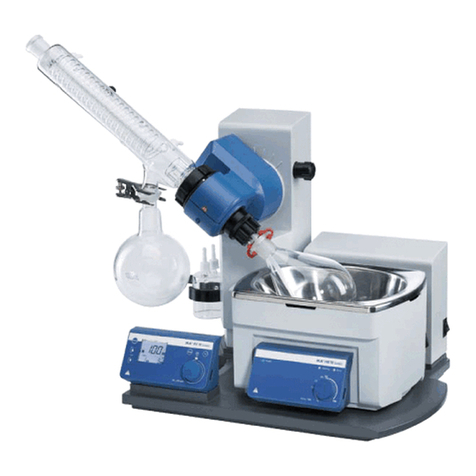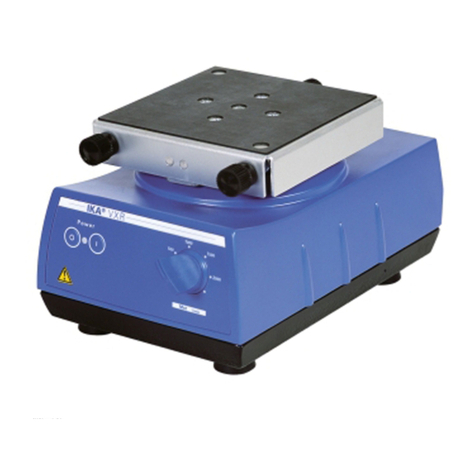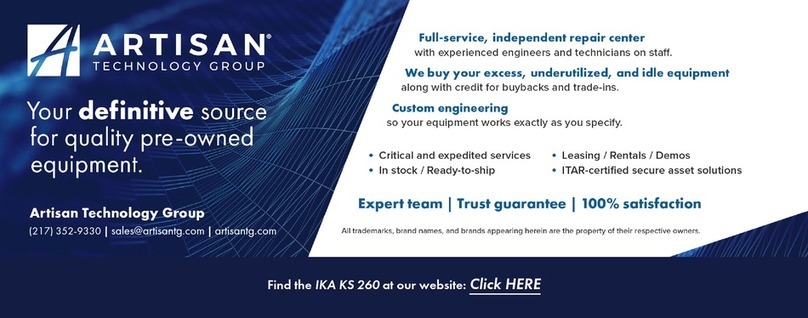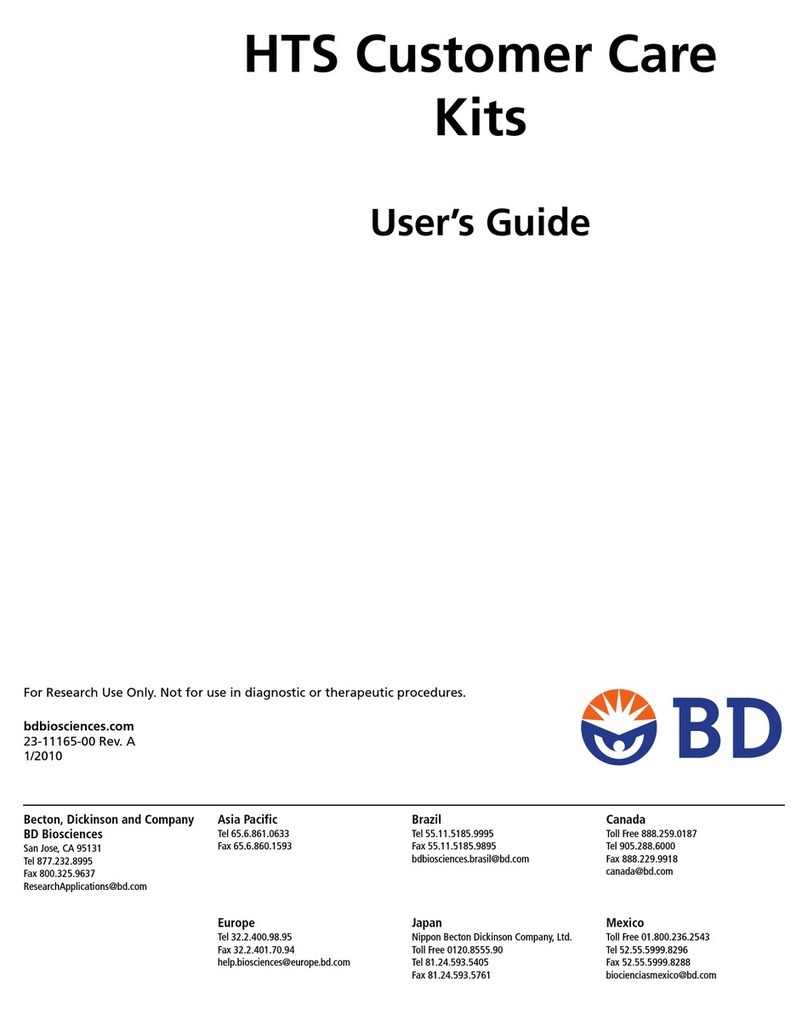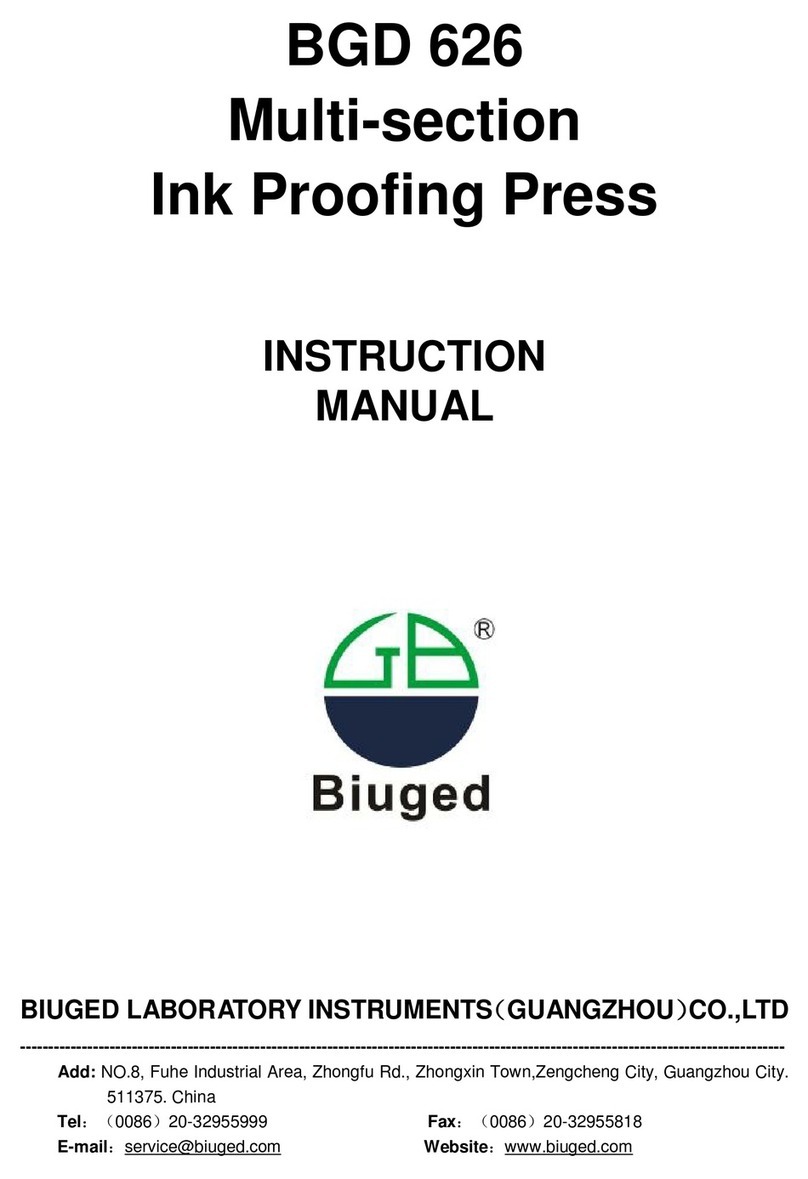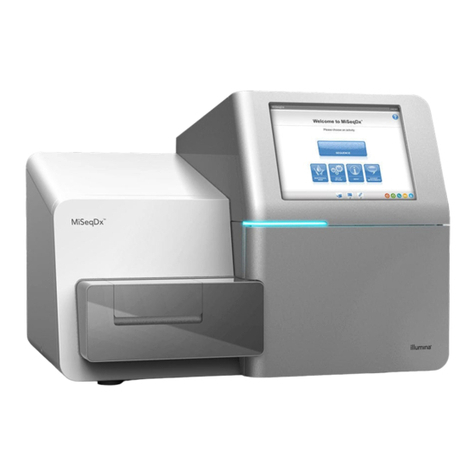IKA RV 3 eco User manual
Other IKA Laboratory Equipment manuals
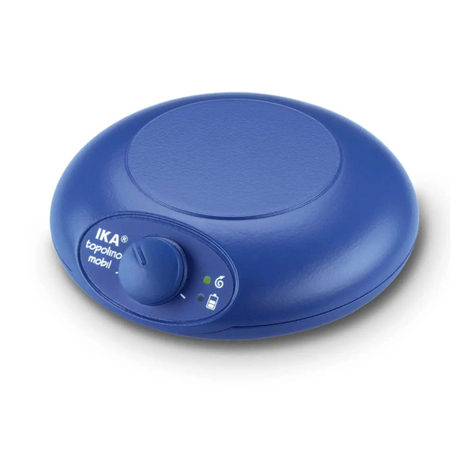
IKA
IKA Topolino Mobil User manual

IKA
IKA A11 basic User manual
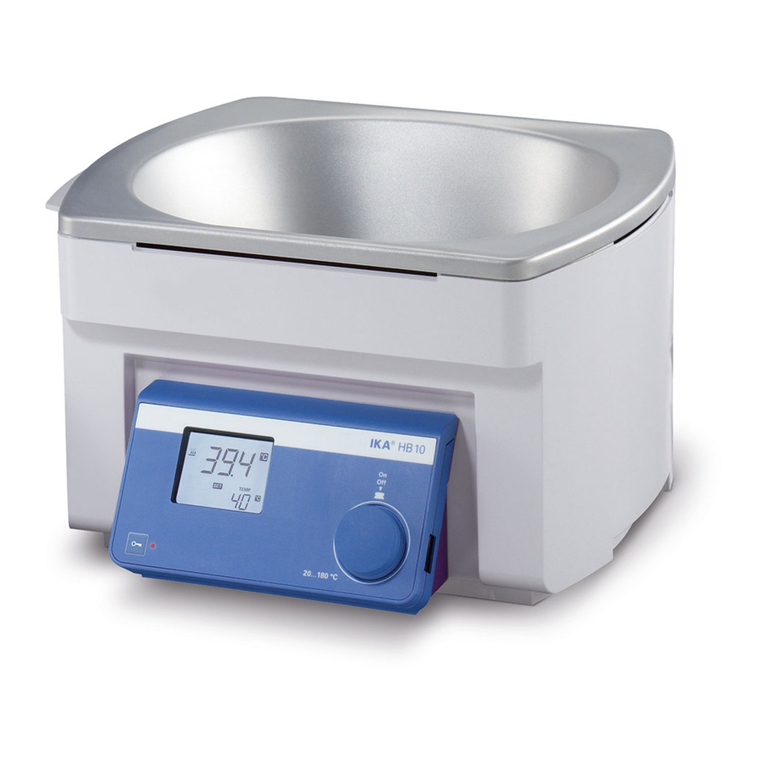
IKA
IKA HB 10 basic User manual

IKA
IKA HRC 2 control User manual
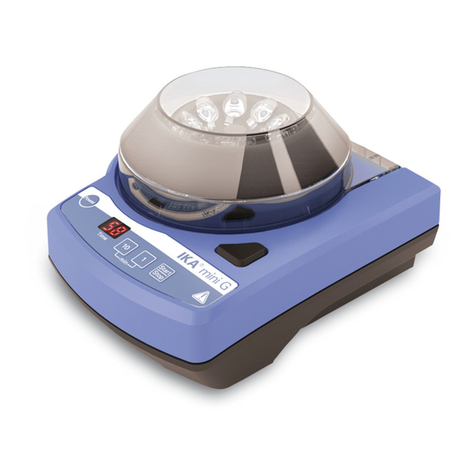
IKA
IKA mini G User manual

IKA
IKA RCT basic safety control User manual

IKA
IKA EUROSTAR digital User manual
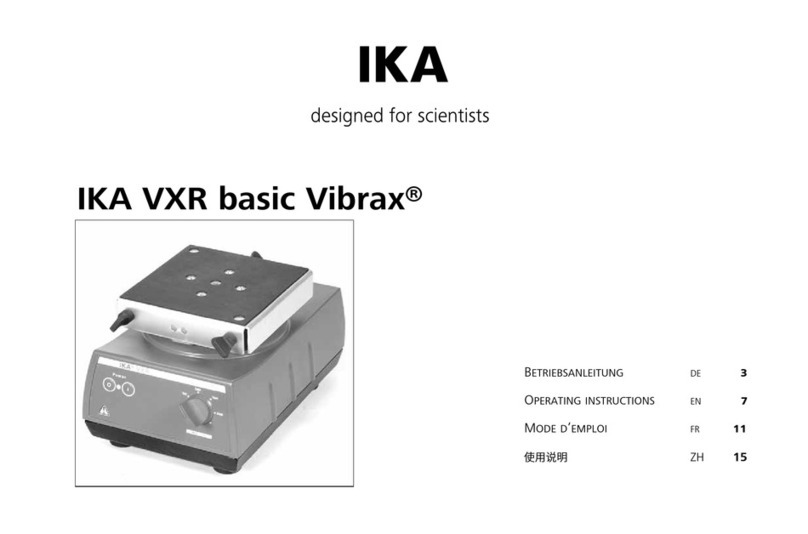
IKA
IKA SHA2000 User manual
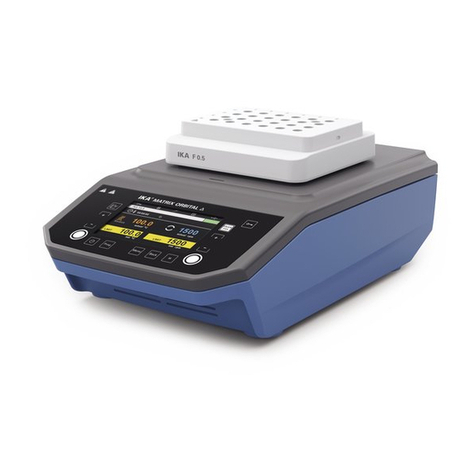
IKA
IKA MATRIX Orbital Delta F0.5 User manual
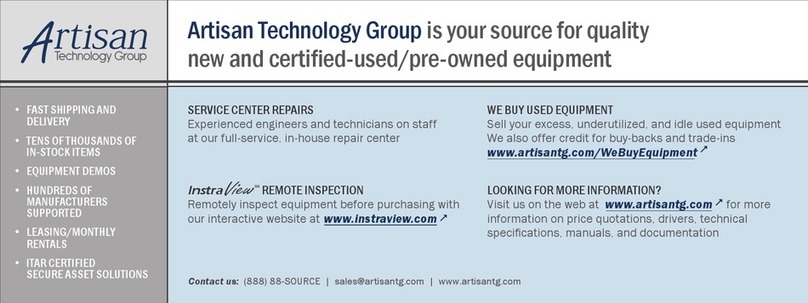
IKA
IKA T 65 D User manual
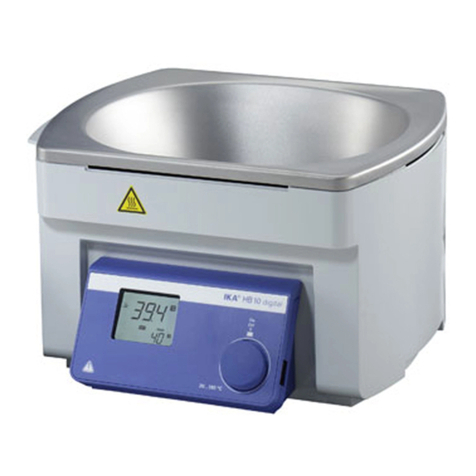
IKA
IKA HB 10 User manual

IKA
IKA INC 125 F digital User manual
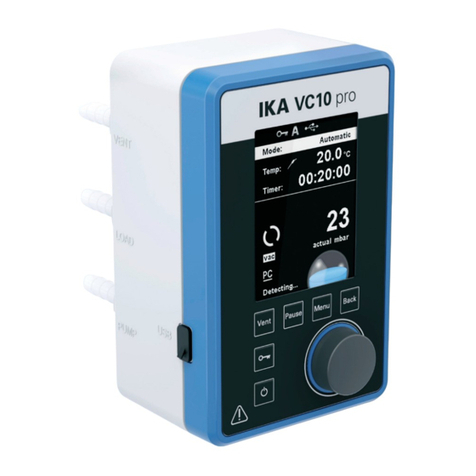
IKA
IKA VC 10 lite User manual
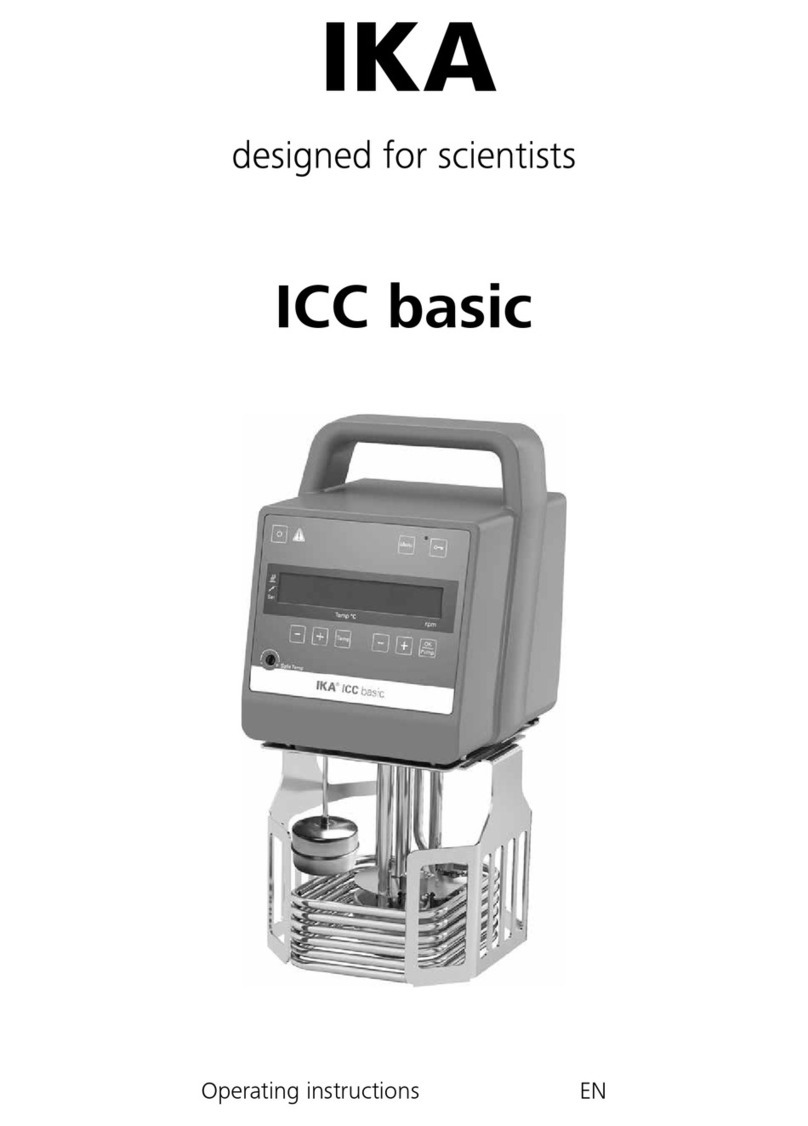
IKA
IKA ICC control User manual

IKA
IKA ULTRA-TURRAX T 50 basic User manual

IKA
IKA Oven 125 basic dry User manual
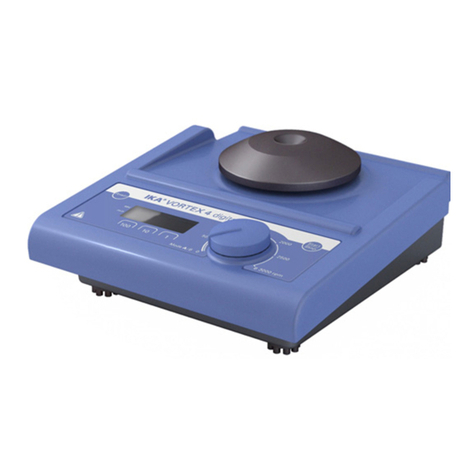
IKA
IKA Vortex 4 digital User manual
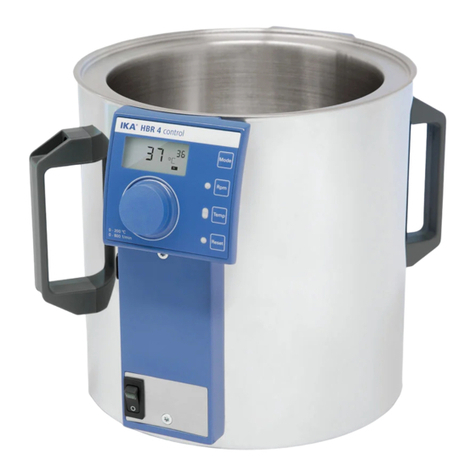
IKA
IKA HBR 4 control User manual
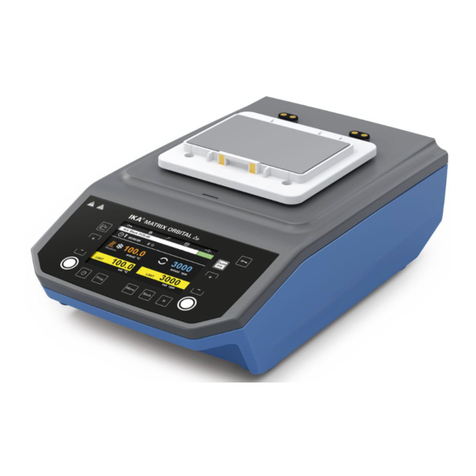
IKA
IKA MATRIX ORBITAL DELTA PLUS User manual
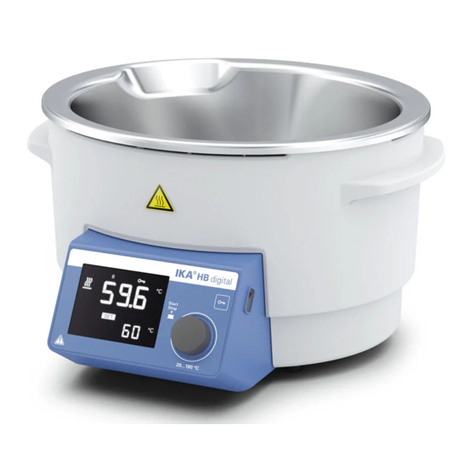
IKA
IKA HB digital User manual
Popular Laboratory Equipment manuals by other brands

Qiagen
Qiagen DML 3000 user manual

Queensgate
Queensgate NANOSCAN OP400 Quick start instructions
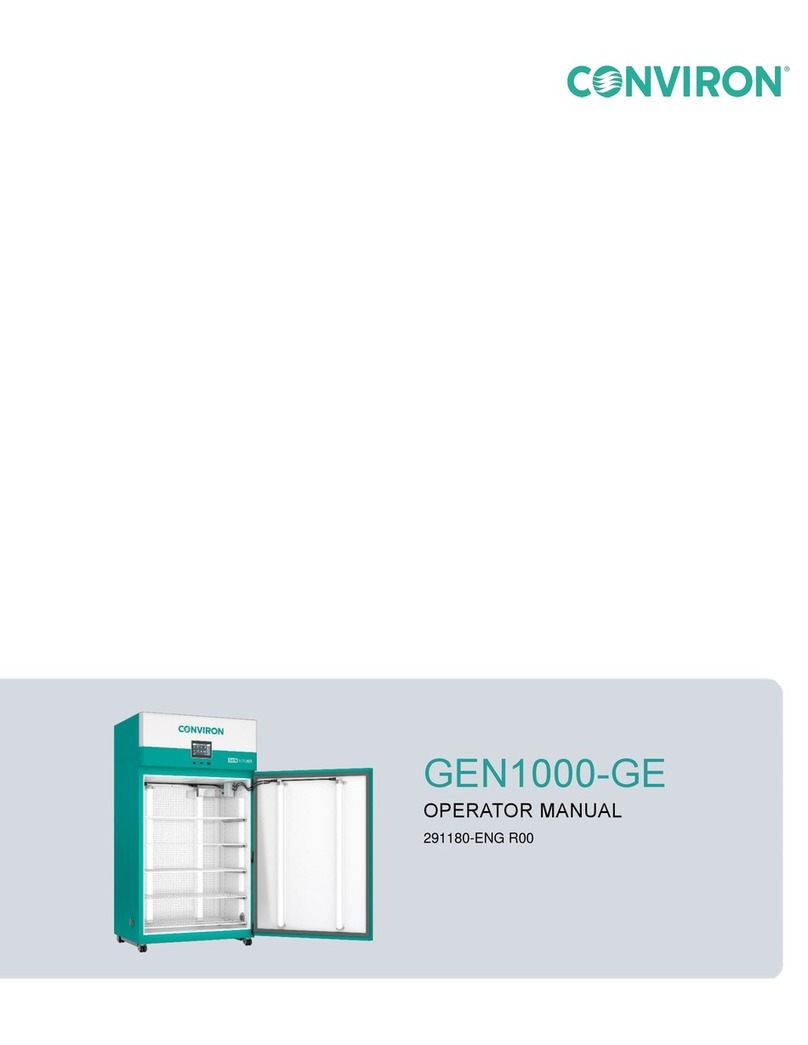
Conviron
Conviron GEN1000-GE Operator's manual

Parr Instrument
Parr Instrument 4560 Operating instructions manual

Integra
Integra DOSE IT operating instructions
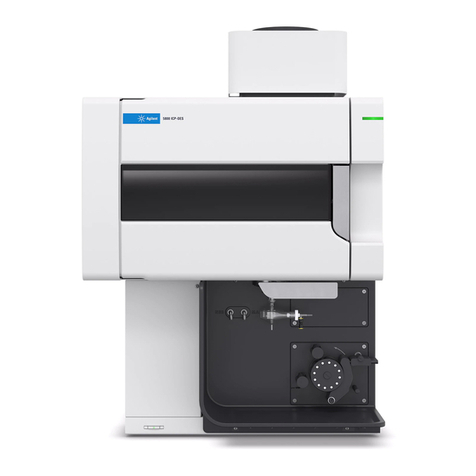
Agilent Technologies
Agilent Technologies 5800 ICP-OES user guide

Endress+Hauser
Endress+Hauser Cleanfit CPA875 operating instructions

NI
NI PXI-5422 CALIBRATION PROCEDURE
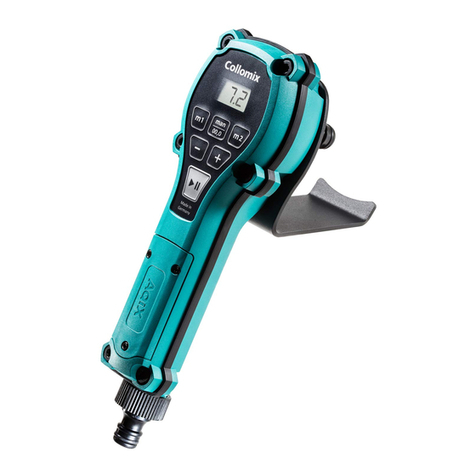
Collomix
Collomix Aqix operating instructions
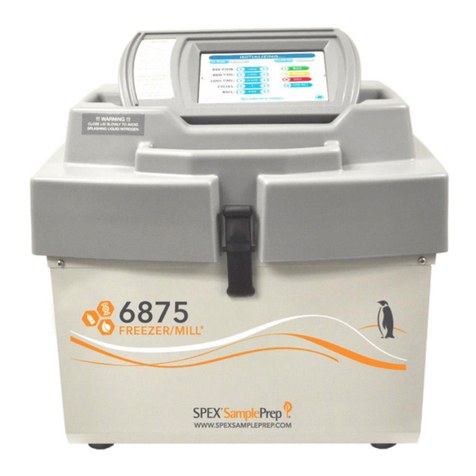
SPEX SamplePrep
SPEX SamplePrep 6875 Freezer/Mill Series operating manual
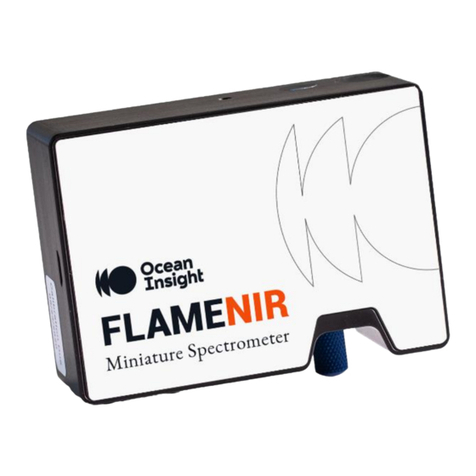
Ocean Insight
Ocean Insight FLAME-NIR+ Installation and operation manual
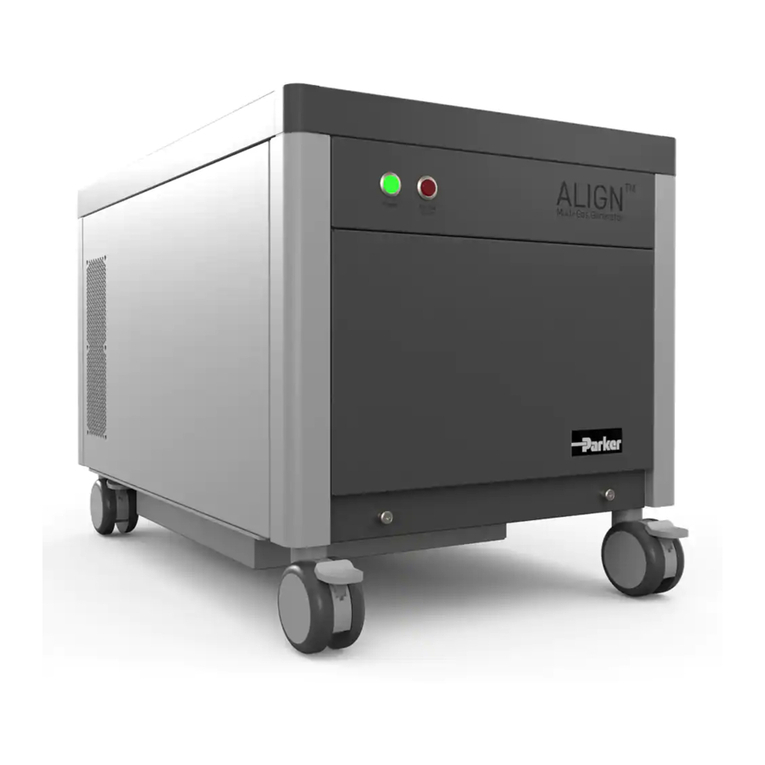
Parker
Parker ALIGN-MG-NA Installation, operation and maintenance manual
